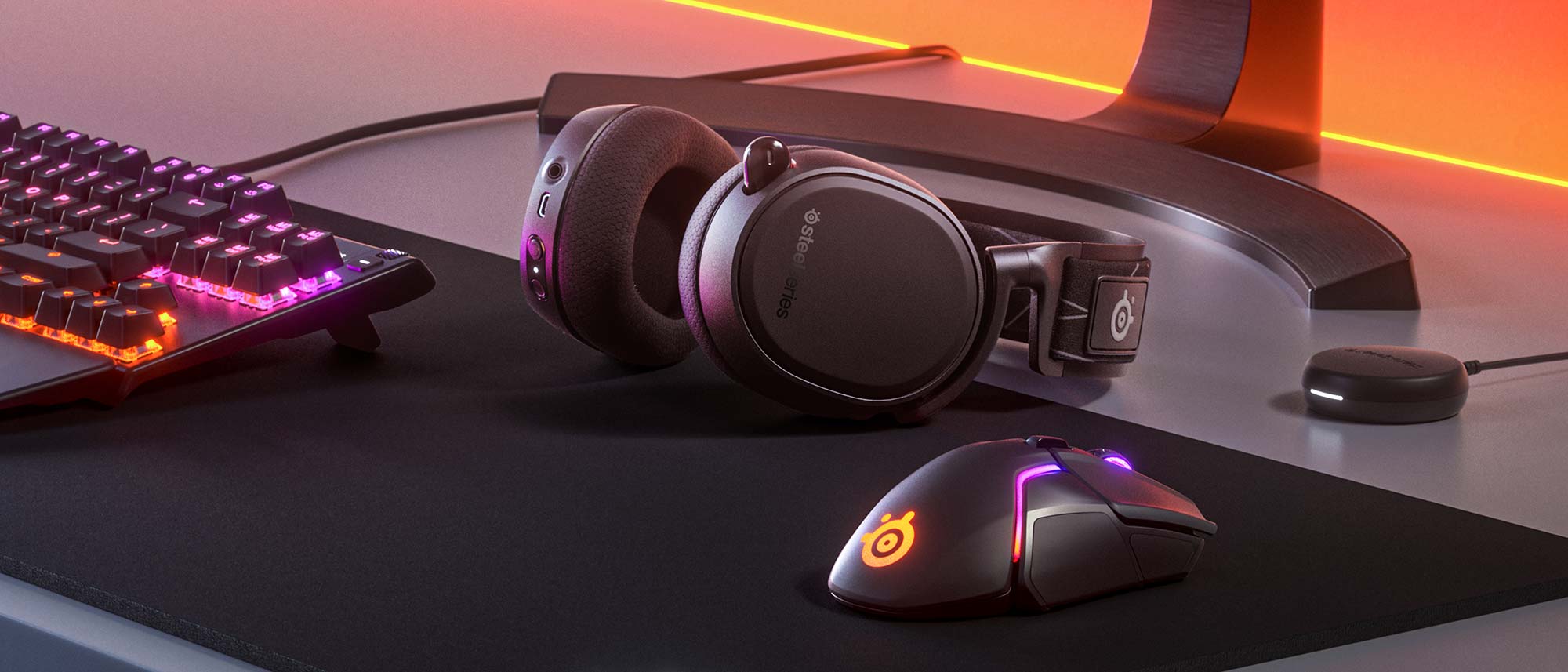Tom's Guide Verdict
The SteelSeries Arctis 9 feels great and sounds good, although it’s quite expensive, even taking all of its features into account.
Pros
- +
Comfortable fit
- +
Compatible with many systems
- +
Excellent mic
- +
Good gaming sound
Cons
- -
Subpar music performance
- -
Expensive
Why you can trust Tom's Guide
The SteelSeries Arctis 9 demonstrates that the Danish audio manufacturer still has ambition to spare. While the SteelSeries Arctis 7 has been our best gaming headset pick for years, it also came out in an era when smartphones still largely had headphone jacks. Now, Bluetooth is often the only way to get audio from a mobile device without a dongle, and the Arctis 9 is one of the few gaming headsets with Bluetooth connectivity built in.
The Arctis 9 connects effortlessly with PC, PS4, Switch (docked) and mobile platforms, and with a 3.5 mm audio cable, it also connects with Xbox One, Switch (handheld) and older audio devices of all stripes. In all other respects, it’s very similar to the Arctis 7 — for better and for worse.
Like the Arctis 7, the Arctis 9 features a gorgeous, comfortable design, good in-game audio and a crystal-clear mic. But also like the Arctis 7, the sound quality isn’t quite what you’d expect for the price, particularly since the Arctis 9 costs a hefty $200 instead of a more manageable $150.
You’re essentially paying an extra $50 for Bluetooth functionality, which is handy, but perhaps not worth the premium. It’s also that the Arctis 9 makes you jump through a few connectivity hurdles, considering that another SteelSeries product, the SteelSeries Arctis 1 Wireless for Xbox, has essentially solved the dongle problem once and for all.
I’m not convinced that the Arctis 9 is the absolute best headset you can get for $200, but with good performance and a great design, it’s at least in the running. Learn more in our full SteelSeries Arctis 9 review.
SteelSeries Arctis 9 design
Right off the bat, the SteelSeries Arctis 9 earns kudos for doing what so few other gaming headsets do, and separating the overall volume and chat volume dials.
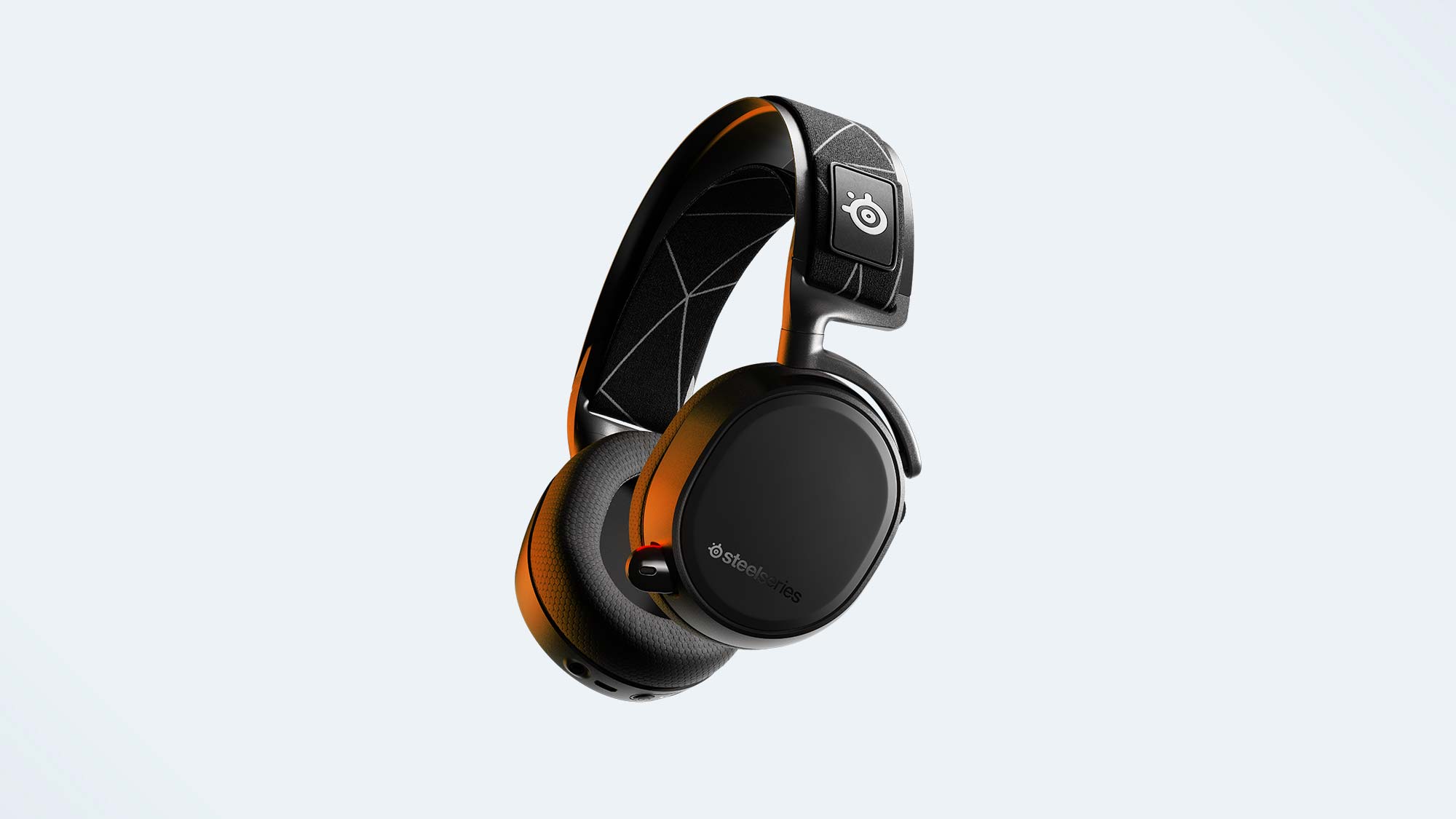
The volume dial is on the right earcup, along with the mic mute button, the Bluetooth button, the charging port and the 3.5 mm audio jack. On the left earcup, you’ll find a chat mix dial, and nothing else. It makes telling the two dials apart effortless, unlike many other gaming headsets, which inexplicably place the two dials right next to each other.
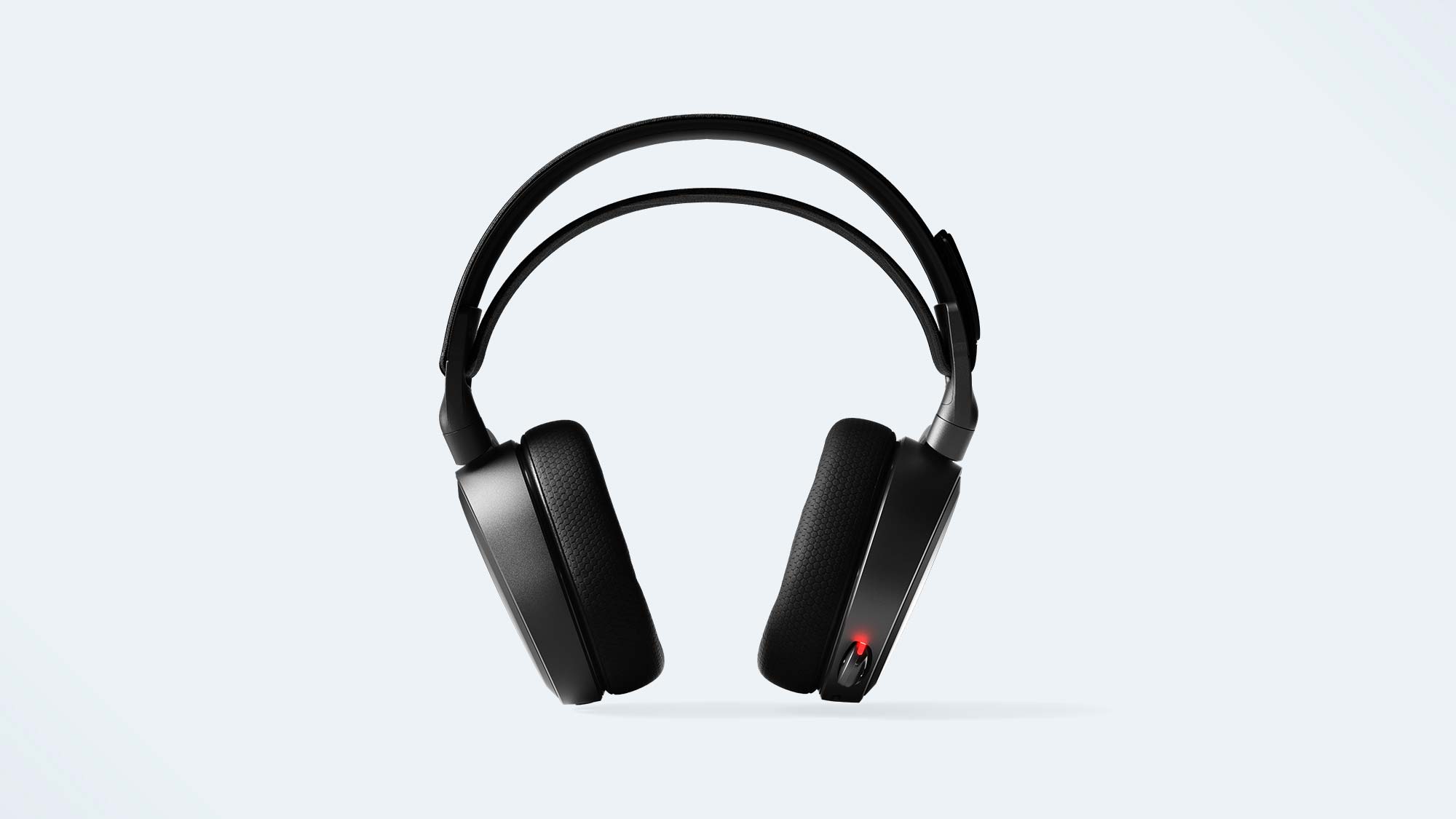
Beyond that, the Arctis 9 features the classic Arctis design you’ve almost certainly seen before: a plain, lightweight black plastic chassis with an elastic headband on top. There’s a retractable mic in the left earcup, and not much else by way of adornment. You could very easily wear this headset out of the house without a single errant glance. There’s no RGB lighting or inventive design flourishes; it’s just an elegant, comfortable gaming headset.
SteelSeries Arctis 9 comfort
Like other Arctis headsets, the SteelSeries Arctis 9 uses what SteelSeries calls a “ski goggles” design. Instead of adjustable notches, the Arctis 9 has an elastic headband that adjusts to your head automatically each time you wear it. That means there’s no tedious fiddling with notches, even if you share the headset with a spouse or housemate. I always said I wished more gaming companies would embrace this design, but as headsets like the Logitech G733 prove, the design isn’t as effortless as SteelSeries makes it look.
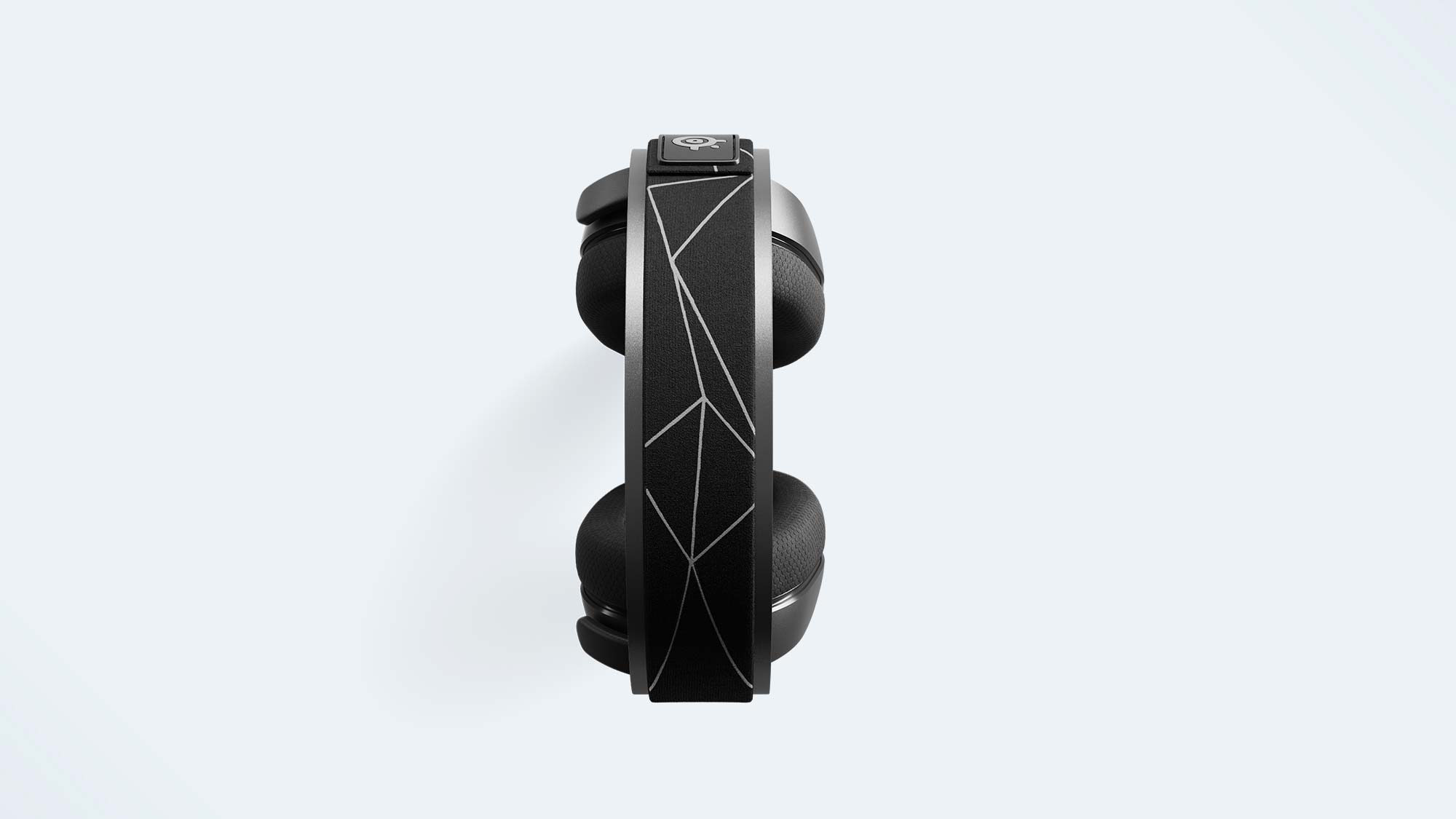
The bottom line is that between its plush earcups and effortless headband, the Arctis 9 feels comfortable to wear for hours at a time, and almost guarantees a perfect fit from the moment you put it on.
SteelSeries Arctis 9 performance
I tested the SteelSeries Arctis 9 with a variety of games for PC, PS4, Switch and Android, including Age of Empires II: Definitive Edition, Ghost of Tsushima, Star Trek Online and Doom Eternal. What I heard was very good across the board. I particularly enjoyed how subtle the directional sound was. This is useful when you’re facing down a horde of flying demons in Doom, but it’s surprisingly just as effective when you can hear your villagers chopping wood on one side and mining gold on another in Age of Empires.
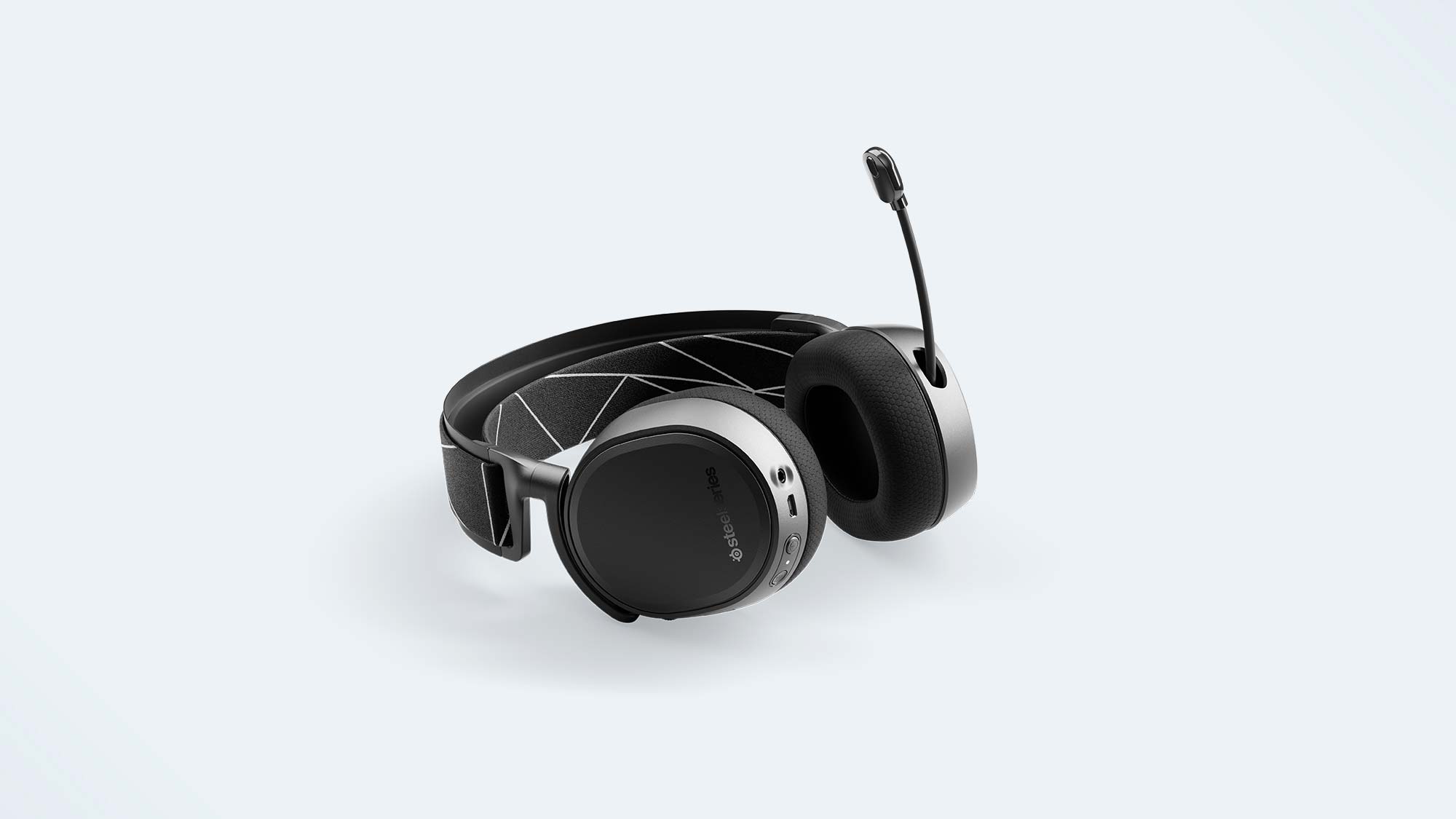
Although the Arctis 9 isn’t advertised for the Nintendo Switch, it does indeed work in docked mode. The Bluetooth functionality works just fine for mobile games, and helped convey the battle cries in Tales of Crestoria and the gorgeous orchestral soundtrack of Monument Valley 2.
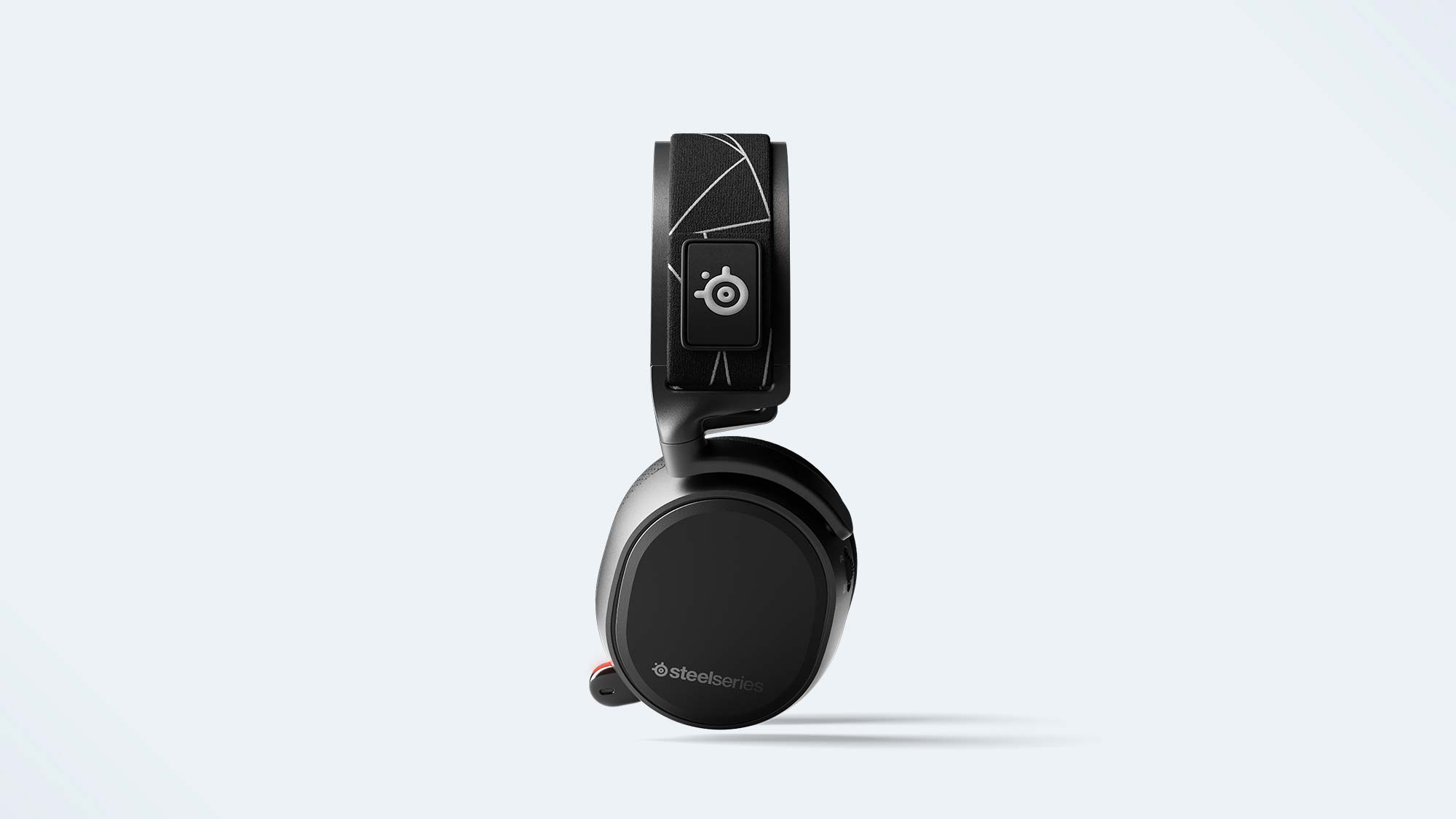
My only complaint about the Arctis 9’s game performance is that the sound is not markedly different from the SteelSeries Arctis 7, which itself didn’t have the richest or most nuanced soundscape. The sound is good overall, particularly for video games. But compared to another $200 wireless gaming headset, like the Logitech Pro X Wireless, it’s lacking a little depth and subtlety. This is particularly true for music, which has very little bass and a flat, lifeless profile across genres.
SteelSeries Arctis 9 features
The SteelSeries Arctis 9 is a feature-rich headset, with no fewer than four ways to connect to various devices, as well as compatibility with the SteelSeries Engine software. While SteelSeries Engine was not compatible with the Arctis 9 during our review window (it will be shortly), SteelSeries informed us that the functionality is essentially the same as for the Arctis 7. That means you’ll be able to tweak equalizations, set up profiles for individual games and so forth.
The bigger deal this time around is that the Arctis 9 supports Bluetooth, which is a first in a wireless SteelSeries headset. Functionally, this means that you can pair the Arctis 9 wirelessly with mobile devices. You can also use Bluetooth for PC connectivity and keep the Arctis 9’s dongle hooked up to a PS4, which is a little less tedious than constantly plugging and unplugging the USB connector.
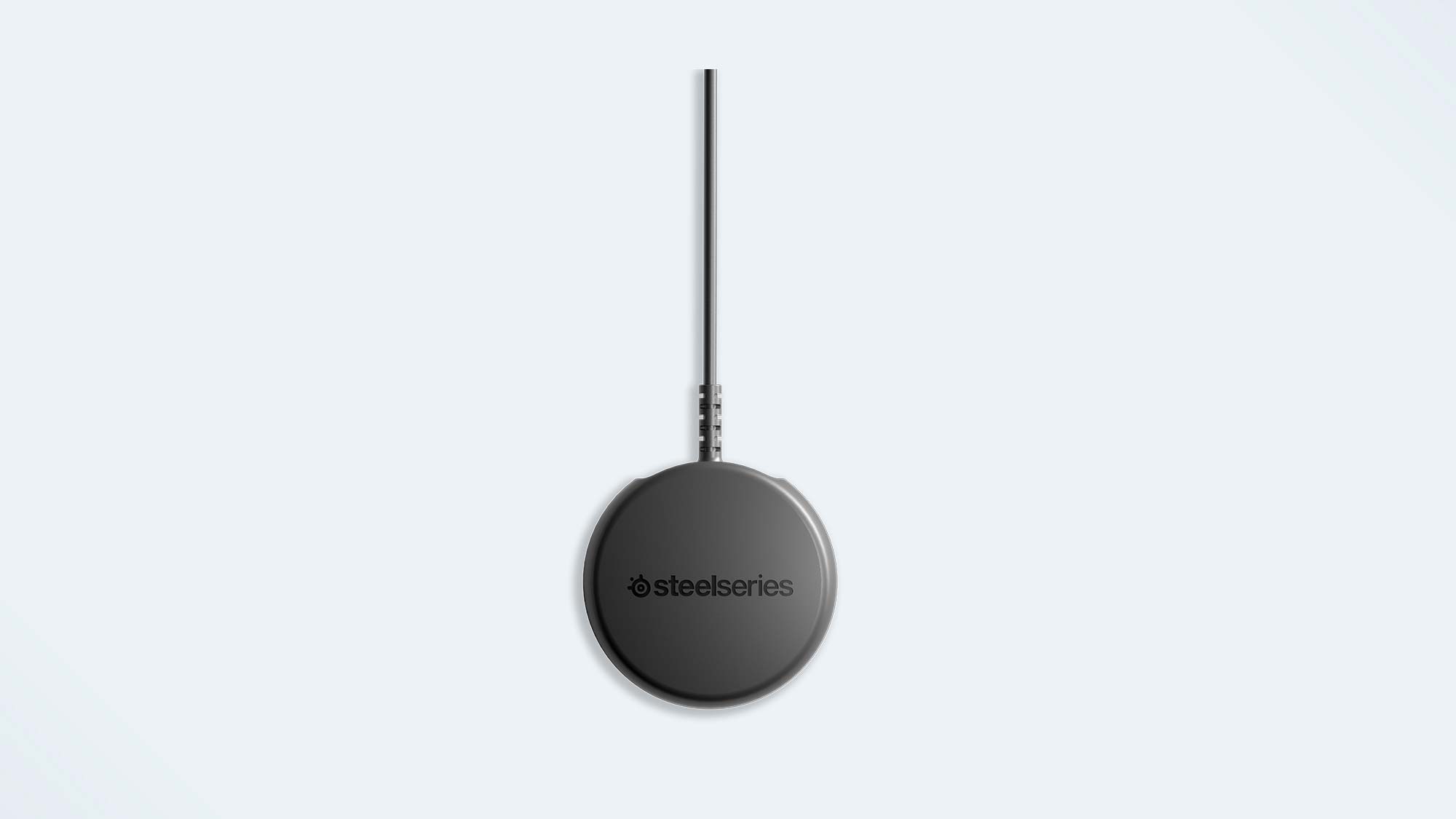
I’m of two minds about Bluetooth connectivity. On the one hand, it’s great for the Arctis 9 to offer wireless connectivity with mobile devices. On the other hand, the SteelSeries Arctis 1 Wireless arguably solved this problem in a more elegant way: with a USB-C dongle. Without getting into a comprehensive comparison, the USB-C dongle is both smaller and more versatile than the USB-A dongle that comes with the Arctis 9, particularly since the Arctis 9 dongle requires you to flip a switch between PC and PS4 connectivity.
The mic is also worth discussing here. The voice quality is crystal clear, and the mic itself is easy to retract, easy to extend and impossible to lose. I wish more gaming headset mics were as simply and intelligently designed.
SteelSeries Arctis 9 verdict
In our SteelSeries Arctis 9 review, we discussed the device’s great fit, good sound quality and impressive Bluetooth connectivity. Still, at $200, it’s one of the more expensive mainstream gaming headsets on the market, and it’s hard to shake the feeling that it should sound just a little bit better, especially for music.
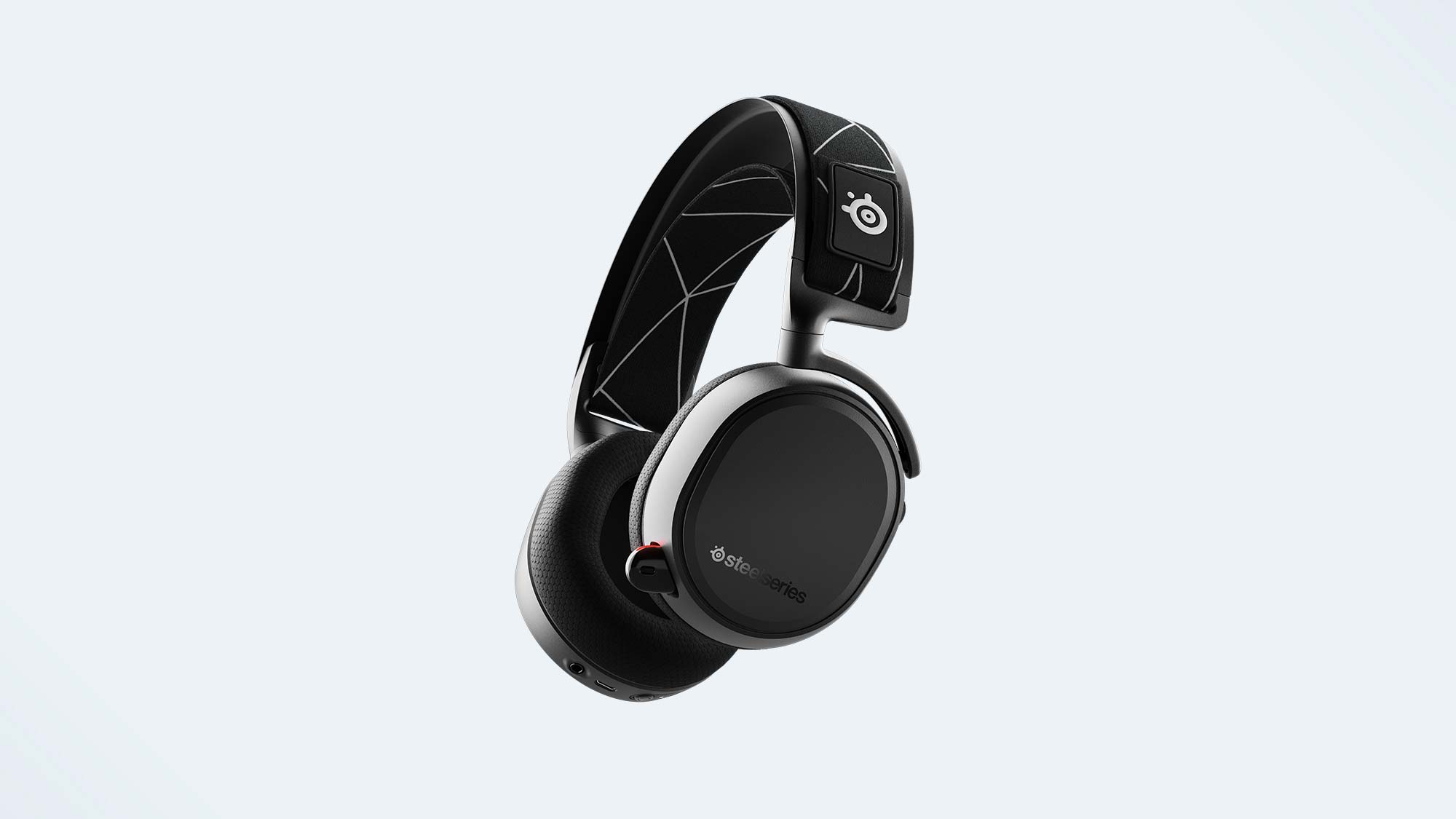
Even so, I thoroughly enjoyed using the Arctis 9 for both gaming and productivity, particularly since it’s so effortless to wear. In the same price range, I would consider (and perhaps even opt for) the Logitech G Pro X Wireless, but it depends on whether you prefer comfort (Arctis 9) or sound quality (Pro X Wireless). You can’t go wrong with either option.
Marshall Honorof is a senior editor for Tom's Guide, overseeing the site's coverage of gaming hardware and software. He comes from a science writing background, having studied paleomammalogy, biological anthropology, and the history of science and technology. After hours, you can find him practicing taekwondo or doing deep dives on classic sci-fi.
